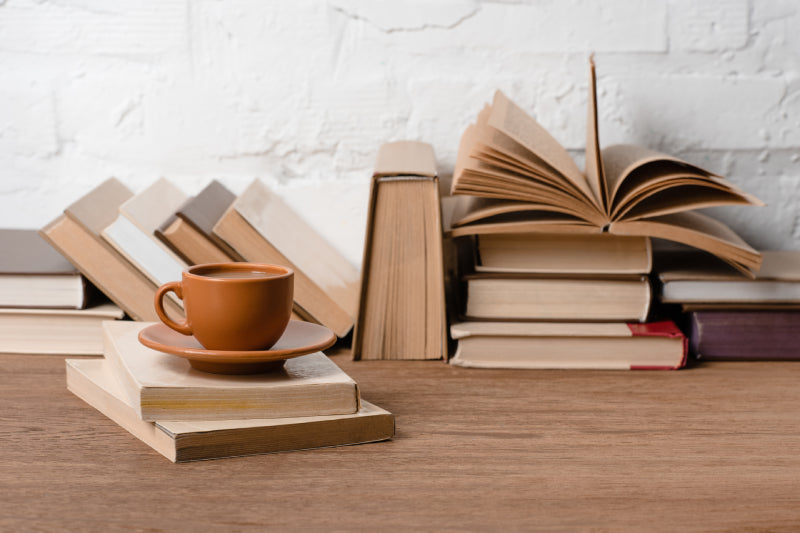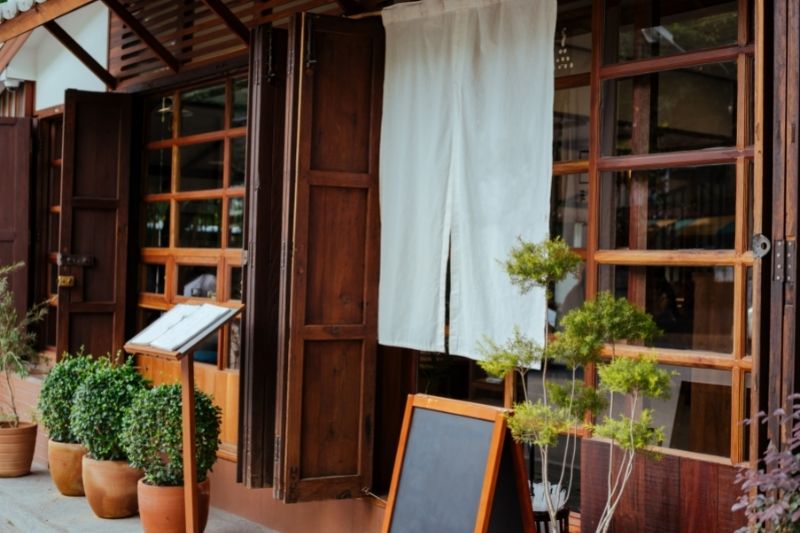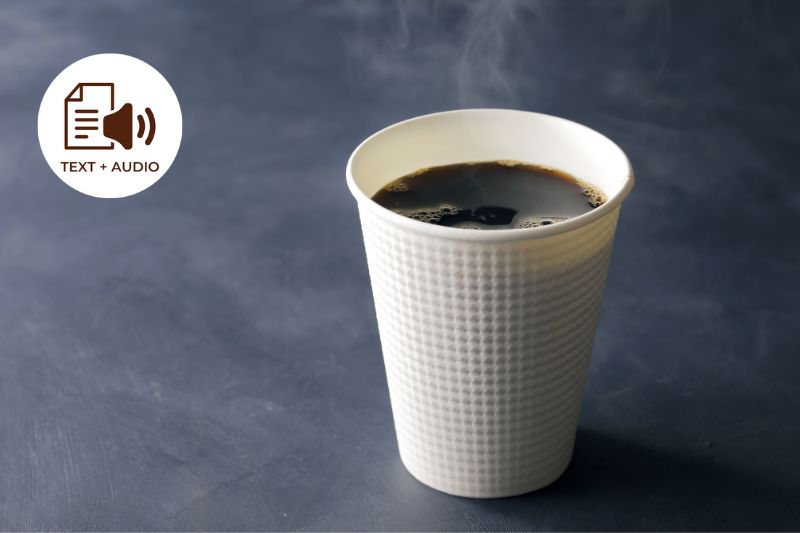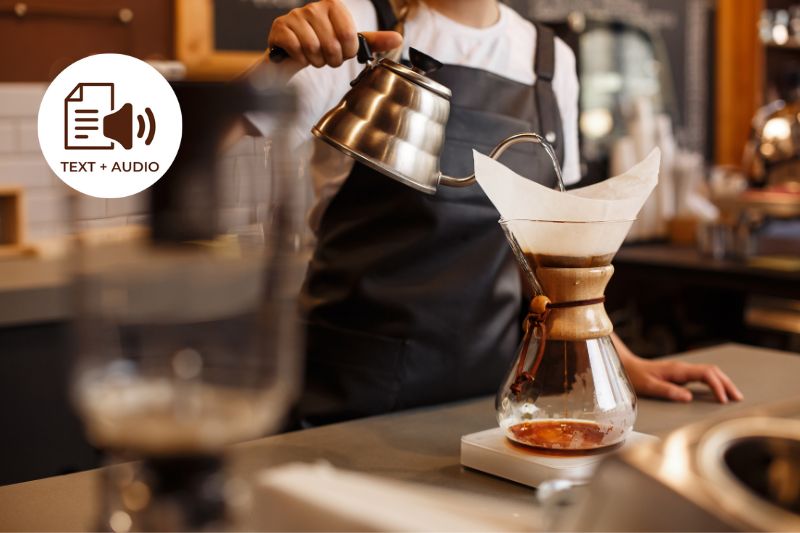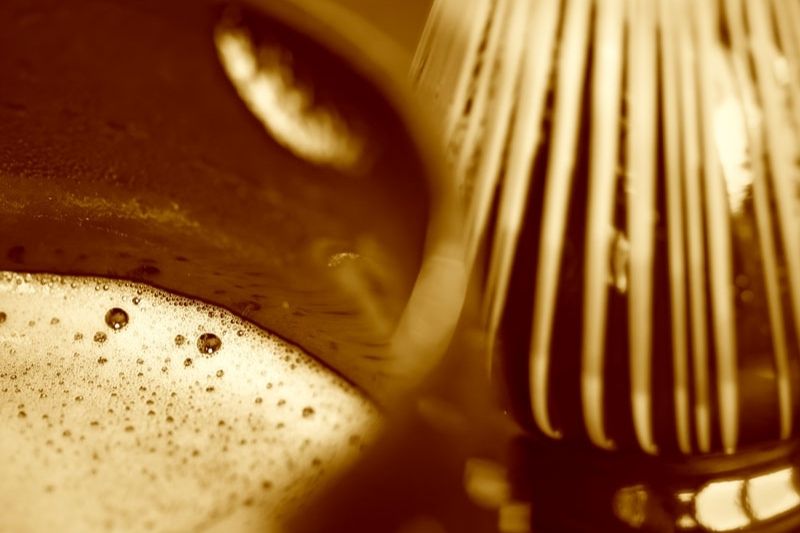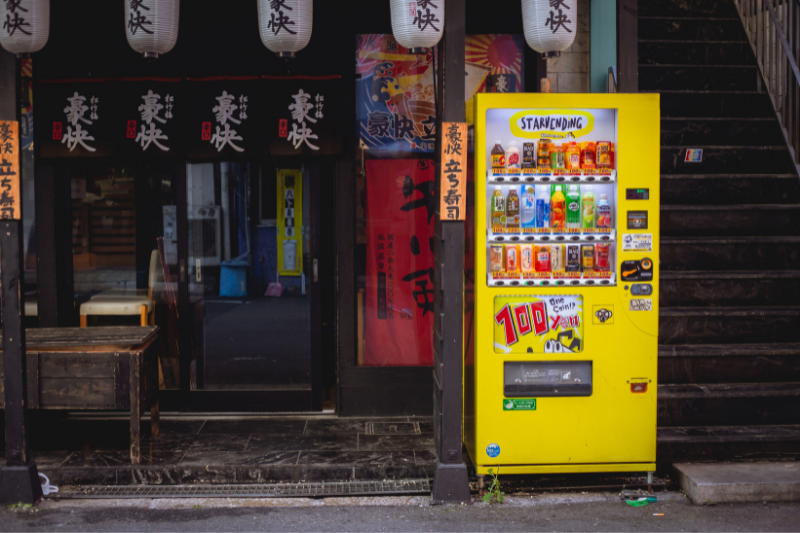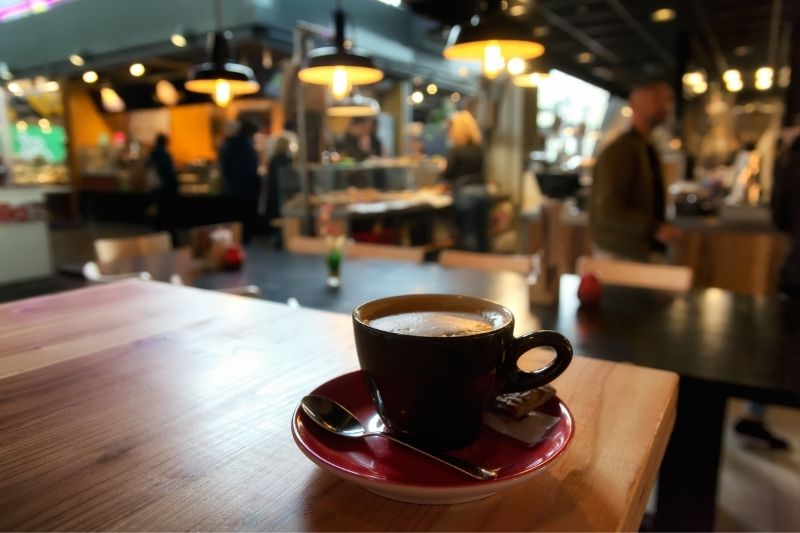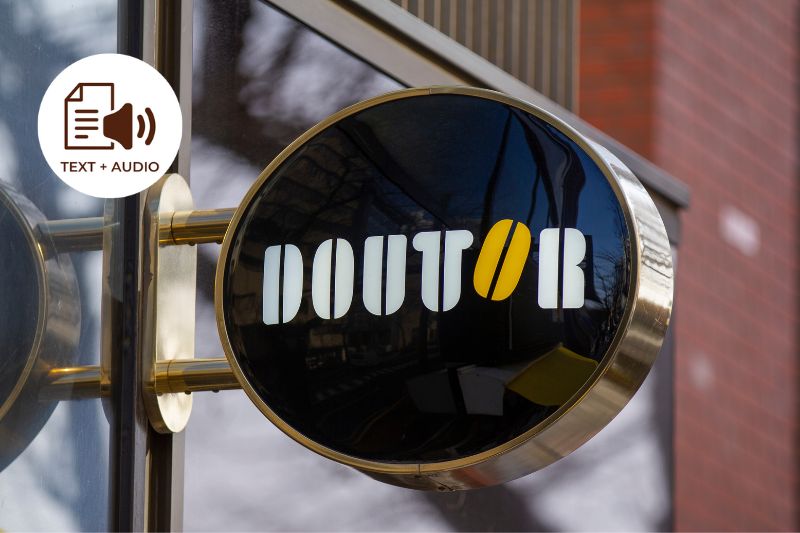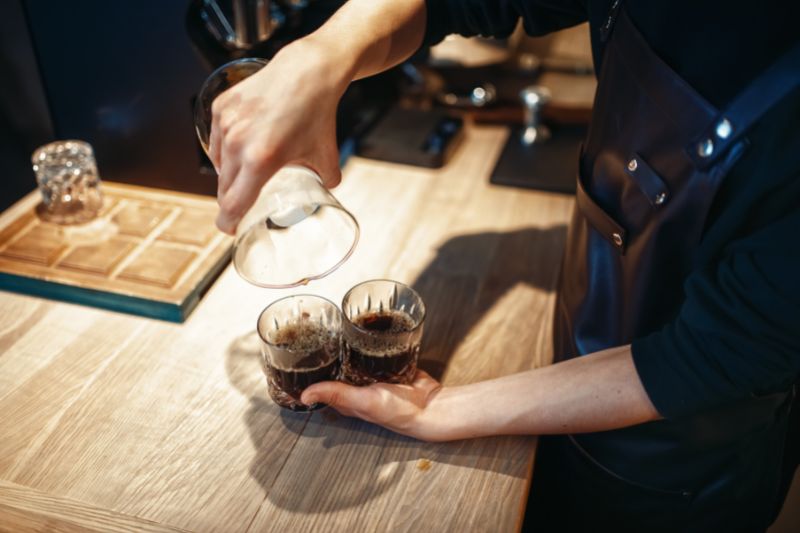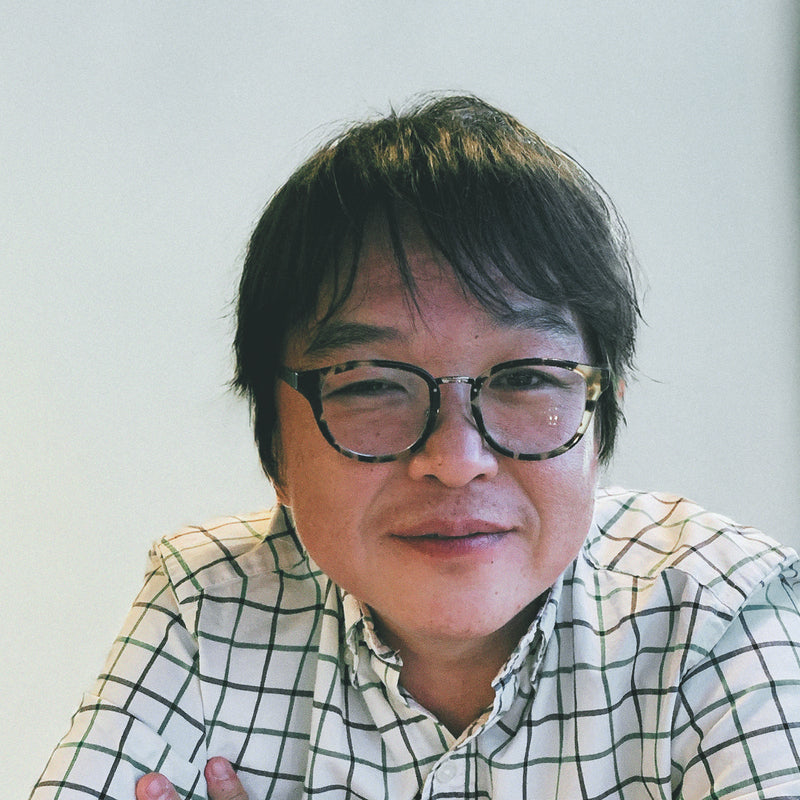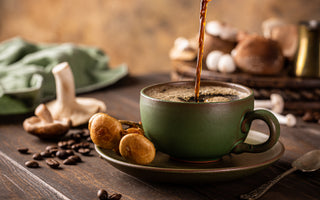What is kissaten (喫茶店)?
Coffee places, or kissaten (喫茶店) as they call it in Japan, are unique in their own different ways. Some would conceptualize a cat café, while others would display the owner's massive collection. Mostly vintage.

There are Different Types of Kissaten: From food variety to the atmosphere that you need
Coffee shops in Japan are popularly inspired by the coffee shops in Paris, where café has first become popular, around 1994. By early 2000, a prominent western influence, especially in the United States, had significantly affected kissaten in Japan, making them brighter and more fashionable in style, with a piece of soothing music to listen to, such as classical, ballad, bossa nova, or jazz. The world is now being digitized. Many internet cafes have already opened significantly for young men and students who would group for internet games. Other cafes would offer electric outlets so that customers could stay for more extended periods of working on their laptops and cellphones. There are also uniquely conceptualized cafes such as maid's cafes around Shinjuku, Akihabara, and Shibuya. There are also kissaten that offer boardgame again, to let the coffee lovers more time not just to drink and leave but leisure to do what they want with their favorite drinks on their side.
There is even kissaten that has a membership to use some of its private rooms and facilities. Examples of these are that artistic kissaten with memberships to use the kissaten's space as a base for literary and cultural activities by gathering intellectuals, making it a cafe with an atmosphere that prohibits other people from joining, giving it a sense of exclusivity.
Modern-day kissaten are unique in their own different ways. Some would conceptualize a cat café, while others would display the owner's massive collection, mostly vintage. It is an additional point for a coffee shop if there are al fresco tables or terraces to view either the busy streets of Omotesando or the bay in Odaiba.

They just don’t serve coffee. They also serve for hungry tummies.
Food is already incorporated in kissaten. There are also fashionable food plates that would perfectly match coffees on the menu and other drinks like tea and fruit juices. These could be bite-sized or light meals such as sandwiches for afternoon tea or coffee, or even salads and pasta to go along with iced tea or green tea ice cream. There are already even rice bowls in kissaten, called "café rice," to eat alongside a soda can. Of course, nothing beats a wide array of cakes to perfectly match with a sip of coffee. Considering the variety of western food available in kissaten, this also shows the West's culture that significantly impacts Japan's coffee culture.
With the Japanese being busy most of their days, on-the-go counters in kissaten are also welcomed. This allows the customers to get their favorite coffee cup fast but make sure of brewing the beans coming from their favorite reputable coffee shops.
Kissaten has been dramatically influenced by the West
Because of western influence, there is also a significant impact if a kissaten is known internationally. For example, the world-renowned Ueshiya Coffee Corporation or UCC or Starbucks in the United States are global. These kinds of coffee shops are all over Japan too. They are definitely more popular to go to compared to stand-alone kissaten in rural areas of Japan.

While these large franchised coffee shops are popular in Japan, there are still small, unknown kissaten that are meticulous in their coffee beans and food ingredients. Some use organic ingredients to prepare their salads and meals. Those who are health conscious are definitely loving this, together with their brewed, dark coffee that is perfect for intermittent fasting. While not as popular as it may seem, there are also some kissaten that offer alcoholic drinks. Because of this, you will find in a typical kissaten not just coffee and espresso machines, but also ice machines, juicer mixers, gas ranges, microwave ovens, and even rice cookers.
Kissaten’s Interiors are conducive for Coffee Drinking and Everything that Comes with It
Interior-wise, kissaten in Japan prefers to use natural light to make it bright and open. While some prefer to maintain an industrial look, others would incorporate a Scandinavian interior. Still, most kissaten in Japan would make the interiors neat and clean and have that refreshing vibe of working or reading a book while taking a sip of coffee. When the sun starts to set, lights become dimmer with a more calming atmosphere inside the kissaten.
As to service, there are usually two types of getting your orders. There are some kissaten that is the counter type wherein your orders will be punched in. Usually, a name is given to the barista or waiter. Then it will be called so that the orders will be ready and prepared on a counter. That's the cue that you could already take your orders. A livelier and busier type of kissaten would serve the food directly on the table. This type of food service is done to lessen the hassle for the customers to wait for their names to be called. Less interruption is intended primarily for those who are busy catching up with friends or while in a meeting with work colleagues.
There is really slight to no difference between coffee shops and cafes. On a legal side of the note, cafes' financial books are considered "restaurant sales," and coffee shops are "coffee shop sales." For a restaurant business, liquor would be allowed to be sold, and general cooking is possible. On the other hand, these two are prohibited if one would register simply as a coffee shop. So, suppose one would think of a business mainly cooking and serving liquor in the long run. In that case, it is better to register as a café instead of a coffee shop. However, one must note that once you registered as a café, the common standards and regulations for a restaurant business applies as well. Also, even if you are registered as a restaurant business, you could still use the name with "coffee shop" in it.

Considering the difference in the menu variations and services, cafes tend to be on a brighter and more open interior side compared to strict coffee shops without any rice means in the menu. Considering that people would only tend to read a book or tend to have a friendly chat with friends, coffee shops' atmosphere is calmer and quieter than a busier café.
Get Free Bonus Books

Sign up for free to the Coffee Club to get advice and exclusive articles about how to choose Japanese Coffee, and tips, tricks, and recipes for enjoying Japanese coffee.
About the author
Kei Nishida
Author, CEO Dream of Japan
Certification: PMP, BS in Computer Science
Education: Western Washington University
Kei Nishida is a passionate Japanese tea and coffee connoisseur, writer, and the founder and CEO of Japanese Coffee Co. and Japanese Green Tea Co., both part of Dream of Japan.
His journey began with a mission to introduce the world to the unparalleled quality of Japanese green tea. Through Japanese Green Tea Co., he established the only company that sources premium tea grown in nutrient-rich sugarcane soil—an innovation that led to multiple Global Tea Champion awards.
Building on this success and his passion for Japanese craftsmanship, Kei expanded into the world of coffee, pioneering the launch of Japanese Coffee Co., the first company to bring Sumiyaki charcoal-roasted coffee to a global audience. His dedication to authenticity and quality ensures that this traditional Japanese roasting method, once a well-kept secret, is now enjoyed worldwide.
Beyond tea and coffee, Kei has also introduced Japan’s legendary craftsmanship to the world through Japanese Knife Co., making handmade katana-style knives—crafted by a renowned katana maker—available outside Japan for the first time.
Kei’s journey continues as he seeks out and shares the hidden treasures of Japan, one cup and one blade at a time.
Learn more about Kei

